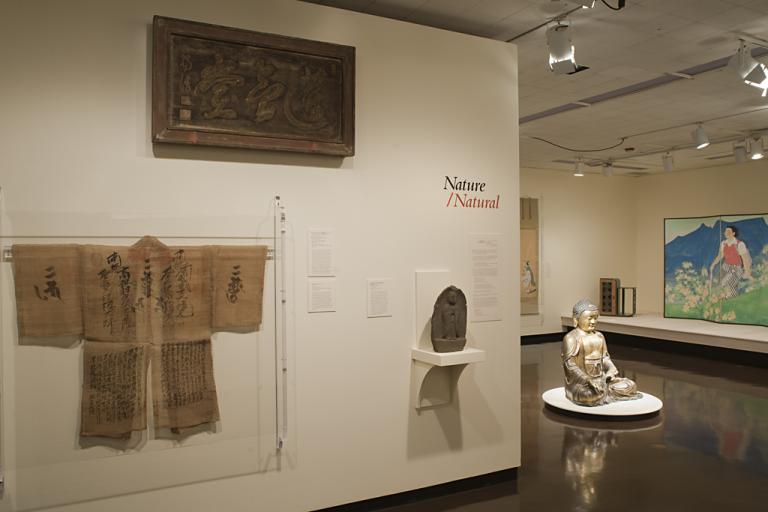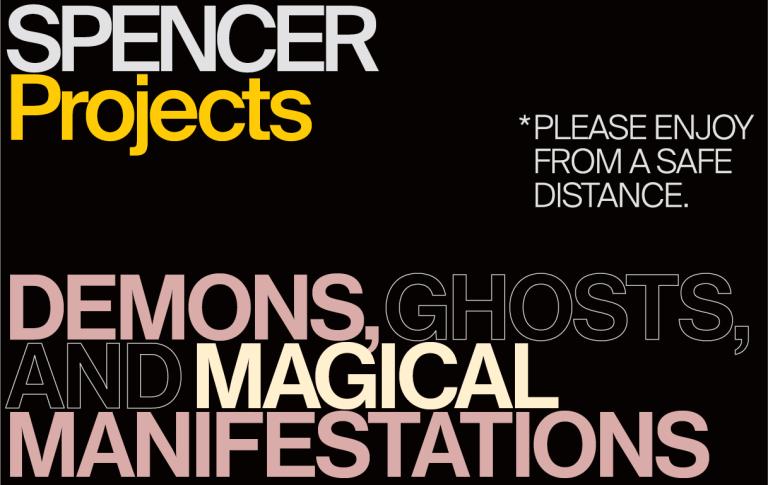Jigoku dayū (Hell Courtesan), Kawanabe Kyōsai; Sawamuraya Seikichi
Artwork Overview
Kawanabe Kyōsai, artist
1831–1889
Sawamuraya Seikichi, publisher
Jigoku dayū (Hell Courtesan),
1874, Meiji period (1868–1912)
Portfolio/Series title: Kyōsai raku ga (Kyosai's Drawings for Pleasure)
Where object was made: Japan
Material/technique: color woodcut
Dimensions:
Image Dimensions Height/Width (Height x Width): 335 x 227 mm
Sheet/Paper Dimensions (Height x Width): 355 x 241 mm
Image Dimensions Height/Width (Height x Width): 13 3/16 x 8 15/16 in
Sheet/Paper Dimensions (Height x Width): 14 x 9 1/2 in
Mat Dimensions (Height x Width): 19 x 14 in
Image Dimensions Height/Width (Height x Width): 335 x 227 mm
Sheet/Paper Dimensions (Height x Width): 355 x 241 mm
Image Dimensions Height/Width (Height x Width): 13 3/16 x 8 15/16 in
Sheet/Paper Dimensions (Height x Width): 14 x 9 1/2 in
Mat Dimensions (Height x Width): 19 x 14 in
Credit line: Museum purchase: Lucy Shaw Schultz Fund
Accession number: 2001.0012
Not on display
If you wish to reproduce this image, please submit an image request












